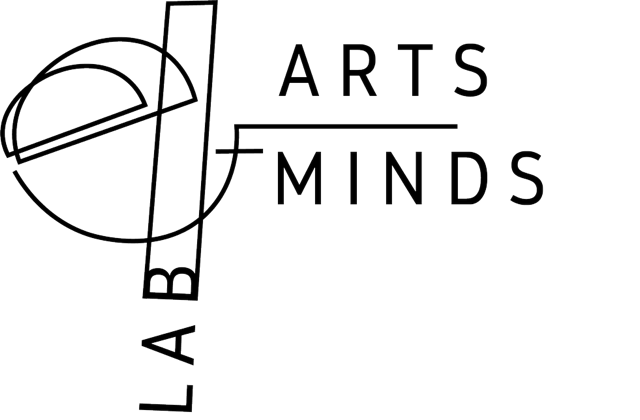Published Papers
Fingerhut, J., Gomez-Lavin, J., Winklmayr, C., & Prinz, J. J. (2021). The Aesthetic Self. The Importance of Aesthetic Taste in Music and Art for our Perceived Identity. Frontiers in Psychology, 11, 577703. https://doi.org/10.3389/fpsyg.2020.577703
This study focused on the relationship between art and self-identity. More specifically, we assessed to what extent do aesthetic taste and interest in the arts constitute who we are, and empirically addressed in four studies providing participants (N=1,797) with a number of hypothetical scenarios involving changes in aesthetic preferences, for example, moving from liking classical music to liking pop, and assessing to what extent they are perceived as altering us as a person. These were also compared again other changes such altering political partisanship or religious orientation. Results showed that individuals thought that changes in art altered identity at a similar level as moral changes, and significantly stronger than for other categories of taste, such as food preferences. Termed the "aesthetic self effect," this phenomenon provides insights into the dynamic interplay between art, personal identity, and societal norms.
Kühnapfel, C., Fingerhut, J. & Pelowski, M. (2023). The Role of the Body in the Experience of Installation Art: A Case Study of Visitors’ Bodily Experience in Tomás Saraceno’s “in orbit.” Frontiers in Psychology, 14. doi: 10.3389/fpsyg.2023.1192689
The study explores how bodily experiences shape engagement with installation art, focusing on its immersive nature and physical participation requirements. Conducted at the K21 Kunstsammlung NRW in Germany, the research surveyed 236 participants interacting with Tomás Saraceno's "in orbit" installation. Through a detailed questionnaire and network analysis, the study identified four distinct groups of bodily experiences: Presence, Proprioception, Interoception, and Disturbance. Proprioceptive experiences correlated with art appreciation and transformative outcomes, while disturbing experiences were associated with awe and self-reflection. These findings underscore the crucial role of bodily engagement in experiencing and appreciating installation art, with practical implications for enhancing art engagement and fostering transformative states. The study calls for further research on the embodied aesthetics of installation art to deepen our understanding of its impact and potential for change.


